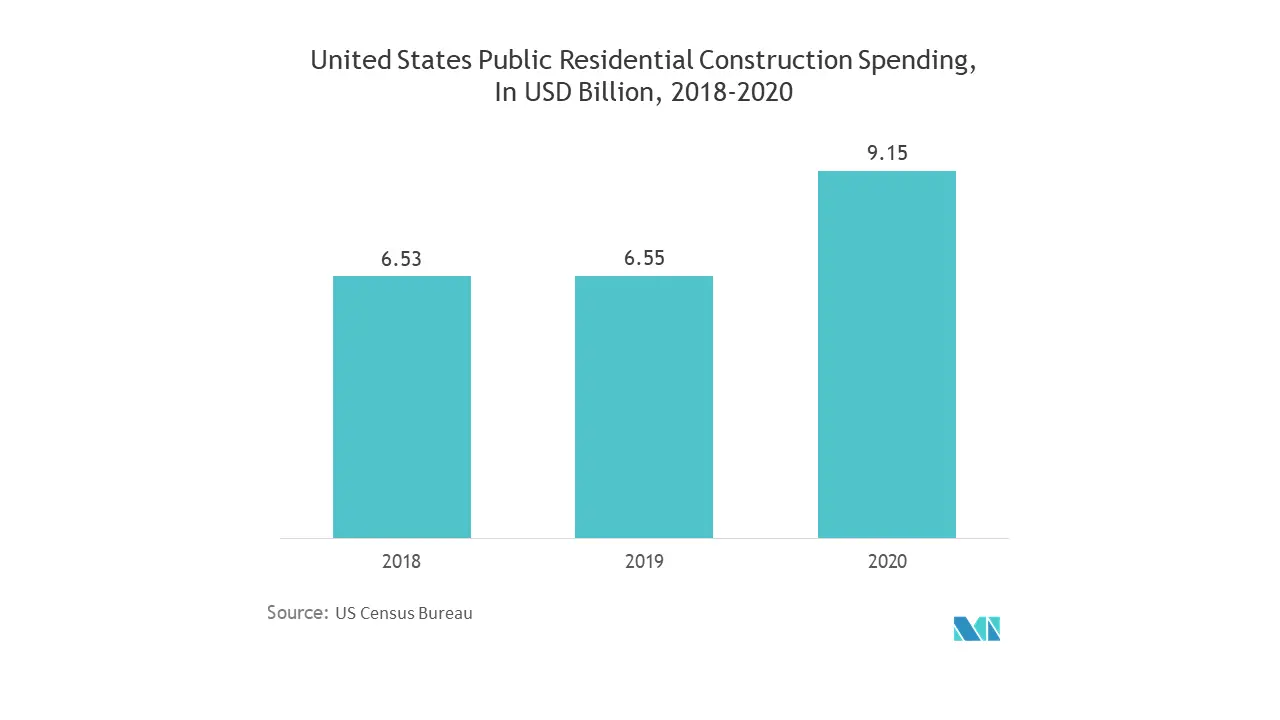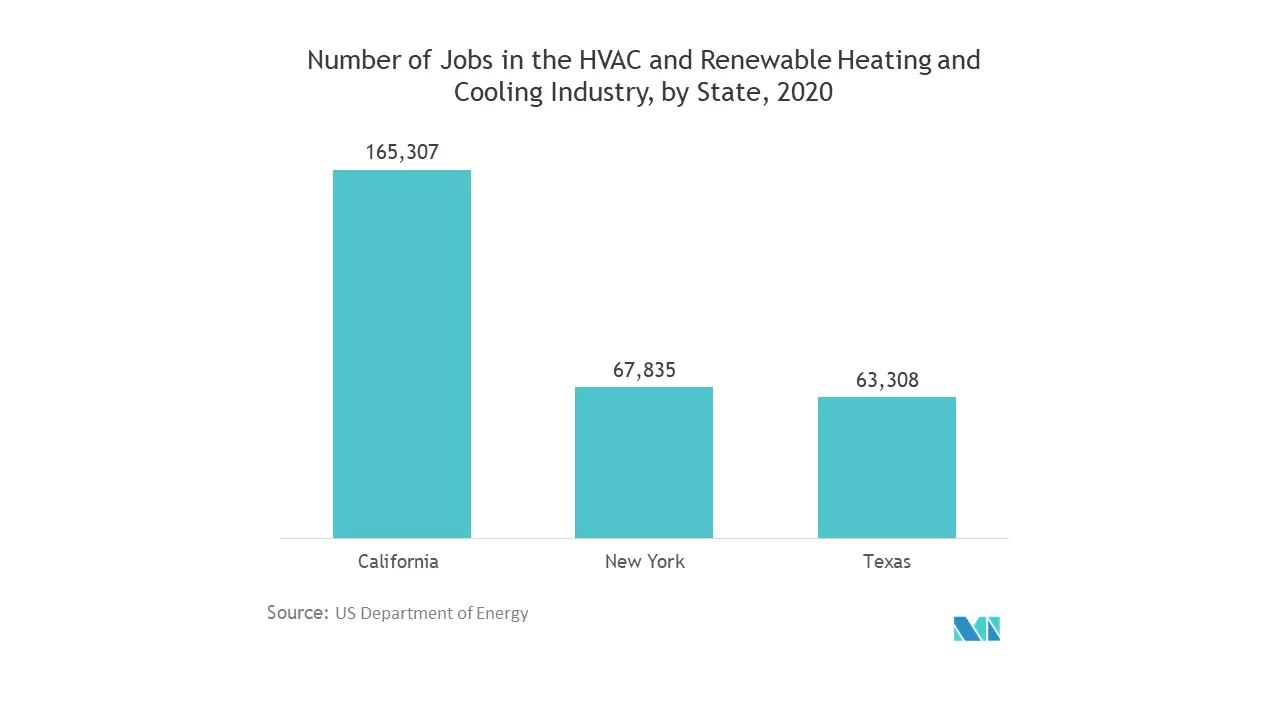Market Trends of US Occupancy Sensors Industry
This section covers the major market trends shaping the US Occupancy Sensors Market according to our research experts:
Residential Expected to Witness Significant Growth
- With the introduction of smart building technologies, facility managers now have access to robust tools to access accurate information about space occupancy rather than relying on estimates and approximations and occupancy sensors aiding in collecting data about space usage and optimizing space management decisions in the country.
- Also, switch from a traditional lighting control system to a smart lighting control system, which allows for wireless and even touchless lighting control through occupancy sensing, time scheduling, and voice control. All of this has opened up new opportunities for professional lighting control companies, which provide flexible solutions to homes.
- Further, Photoelectric infrared (PIR) sensors are the current standard for detecting occupancy presence in buildings. Smart thermostats use sensors to control heating and cooling based on occupancy. One significant issue is that these PIR sensors only detect individuals moving.
- Additionally, occupancy sensor and smart outlet reference designs help home automation device makers and developers accelerate time to market while lowering system cost and complexity. Developers can quickly advance from design concept to final product by leveraging these new, turnkey reference designs, including pre-certified wireless technology, open-source hardware design files, industry-standard software stacks, and proven test setups manufacturing methods.

HVAC Segment is Expected to Witness Significant Growth
- The demand for air conditioning in the commercial industry is growing. For instance, Comfort Systems USA, a prominent provider of mechanical services, including heating, ventilation, air conditioning (HVAC), plumbing, piping, and controls, announced that it has entered into a definitive agreement to acquire Walker TX Holding Company Inc. and its related subsidiaries headquartered in Texas. In addition, government regulations about energy efficiency and environment-friendly refrigerants are expected to create opportunities for the market over the forecast period.
- Additionally, In Atlanta, Samsung HVAC announced that it would expand its commercial air conditioning business by building, training, and supporting a network of specifying representatives, distributors, and installers. The company also announced expanding its Wind-free advanced cooling models for light commercial solutions. The surge in demand for HVACs is expected to drive the growth of occupancy sensors in the country.
- The country is focusing on smart city development to improve energy efficiency. The city of Newark, New Jersey, has onboarded Honeywell to install energy-efficient control solutions that incorporate the city’s HVAC, like room occupancy sensors and multi-location control of building systems. This is a part of the city’s Sustainability Action Plan. Initiatives such as these are expected to deliver significant savings in energy operations and hence drive exponential market demand.
- Another major driving factor for market expansion is a focus on innovation and advancements in occupancy sensors such as image processing occupancy sensors (IPOS), intelligent occupancy sensors (IOS), and micro-phonics. For instance, Panasonic introduced Low Profile Type PIR Motion Sensors offering a 10.9 mm profile alternative widely used in HVAC systems, smart homes, and surveillance systems.

